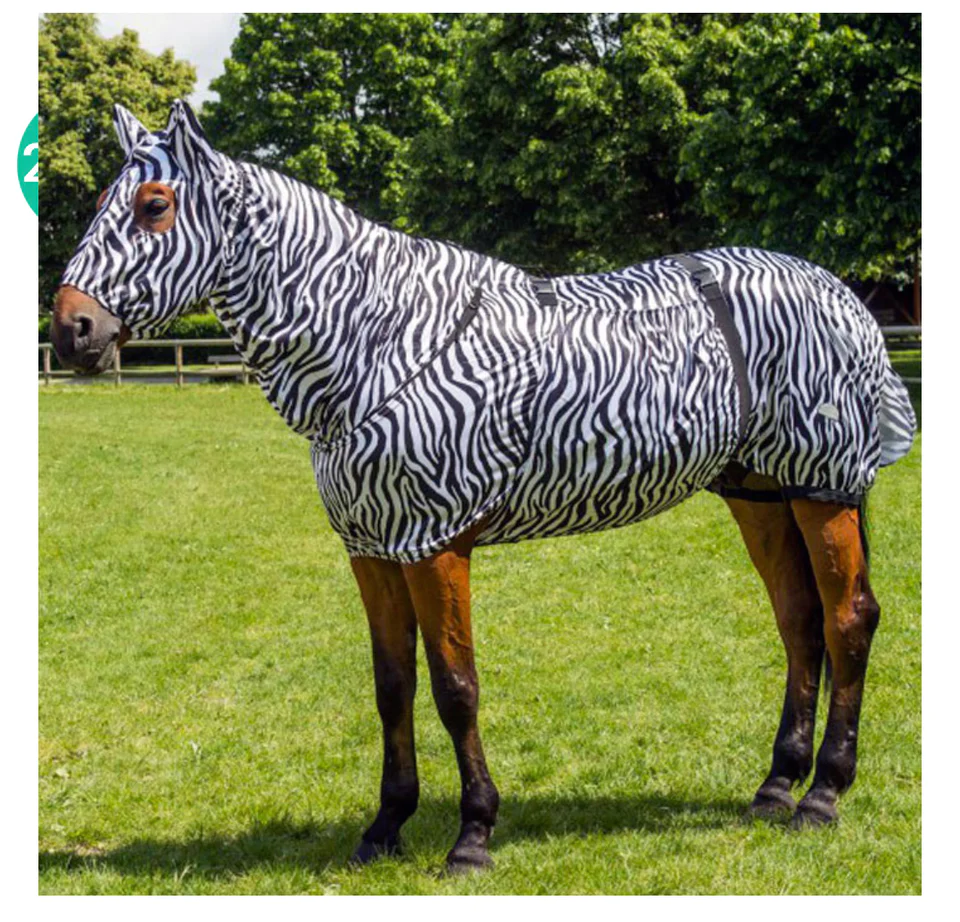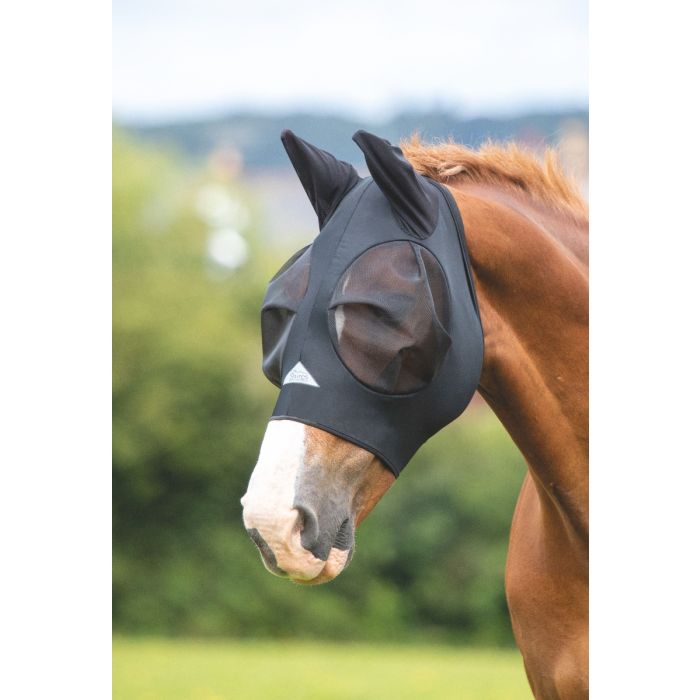Now! February is the time to start thinking about midges and start the necessary steps to preempt the sweet itch ‘itch’. If you wait until they start itchy or you see midges, then you are behind the curve and you need to act. Check out the top five steps to take now.
1. Take action in February!
This is something that people often get wrong – don’t wait until you see midges or your horse starts rubbing. You should be aiming to stop the rub this season, once it starts is can be a whole summer long battle. Habits are difficult to break once they are established.
2. Rugs – Cover them up to protect them from the midges
There are a huge range of fly rugs on the market, all protecting your horse to different levels. If you horse has sweet itch, then you are looking for the rug that covers them the most. It is good to know where your horse rubs, some itch their ear, but not their belly, others focus on their mane and tail, so knowing your horse can help steer your choice. My two favourite rugs are below (no endorsement):
a. Boett or equitheme type stretchy rug – protects them well, it nice and light/cool, but isn’t robust if you have one that goes through rugs. If you have a horse that is sensitive around the head or ears, then you would also need to head attachment and make sure it is a good fit as you don’t want it to be slipping down their neck.
b. Rambo Sweet Itch Hoody – Always my preferred rug for my Spanish boy that would rub, his mane, tail, face and ears. This would be supplemented with a fly mask or hood to protect his ears. They are robust rugs (1000D) if you have other horses that play to grab rugs.

3. Fly masks and hoods
As key rub areas tend to be the head, poll, ears and mane you will want to protect these areas as well. Don’t tell them off overnight as the key time for midges is dusk and dawn. I know not everyone wants to cover their horse up completely, but I can really say that covering them up early helps to keep them itch free during the coming months. My favourite masks of the last couple of years are:
a. Shires Fine Mesh Fly Mask with Ears – quite a robust mask that isn’t too bulky and has a small holes in the ears – a lot of masks’ ears can have quite big holes, which are no good for horses with sweet itch. They stay on quite well (as long as you look after the velcro and keep it clean), even it you have a Houdini or another that likes to play.
b. Shires Stretch Fly Mark with zip – a lightweight and stretchy fly mask, but still quite robust compared to a lot of other stretchy masks on the market. Has really small holes on the ears, a nice snug fit and good coverage. I recommend going up a size as they are on the small size.

4. Nutrition
Make sure your horse has a well balanced diet, with salt, vitamin E and selenium which are all important for the immune system. Check that your horse has a good balancer or all the nutrition they need, especially if they are on a restricted diet. A low sugar, starch diet free for ingredients that can be allergens, including garlic, grains, alfalfa and many others. (Animal Friends has a good article on this.)
5. Creams, lotions and sprays
My recommendation is to try and keep things as natural as you can with your sensitive horse. Putting on a little bit of cream, gel or spray to protect their sensitive areas can help put a bit of a barrier on the horses skin, NETTEX Summer Freedom Fly Cream is one that does that, start using it in February and pop it on to build up some protection on the sensitive areas that don’t get covered up – such as the sheath and udder. Another great range of products that I have used for a few years is Biteback’s Sweet Relief Midge Barrier & Skin Support Lotion spray helps keep the flys away and soothe inflamed areas. If your horse has a rubbed/sore area then their Sweet Relief Silver Skin Support Cream is really effective at helping heal the area and encourage hair regrowth.
6. Electric fencing
If you have an itchy one, then limiting what they can rub on in the field can be crucial. Post and rail fencing, electric pylons, trees, barbed wire and anything in-between. Putting up electric fencing around the perimeter of the field and anything else they could rub on might seem extreme in the beginning, but trust me, it is worth it.
Summary
Don’t forget to give your horse a good groom and rub, especially when they are moulting. When you are around, practice giving them a good scratch on key areas where they tend to be itchy, move around and watch you horses reaction, you will know when you have found the spot! You can help them relive these ‘normal’ itches without it becoming destructive, just like their horsey pals in the field. It is a great way to communicate and become a good partner to your horse too, as you are reading their feedback about where they are itchy.
I hope you find these steps useful, having had a sweet itch horse for over 10 years, I have discovered the best plan of action for his particular itchiness and the above steps have meant that he doesn’t rub, his mane and tail stay intact and he is happier, not driven crazy by the reaction to midge bits.
Autumn grass – hot hooves and pulses –> Is it the start of laminitis?
As we head into Autumn, we all notice the season is changing – shorter days, cooler evenings, wetter ground and…
How to stop your horse from spooking or bolting home in one ‘easy’ step
So I am sure we have all been there, we are off for a little ride, enjoying the sights and…
How to stop caring what other riders think
As I am sure we all know, within the equestrian world there are a lot of people with strong opinions!…



Leave a Comment